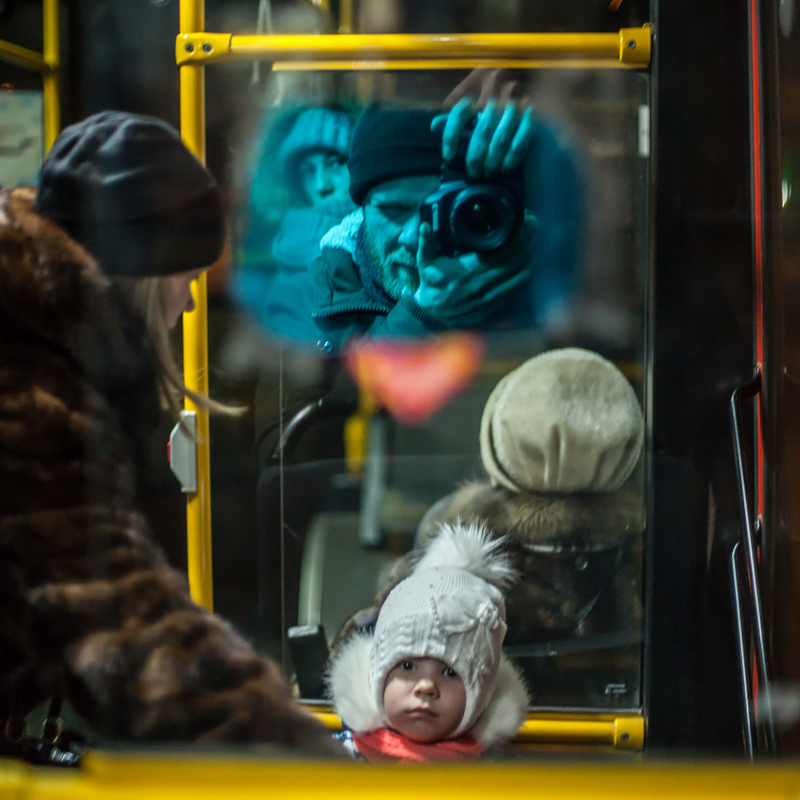Arthur Bauer, child of Volga Germans born in Almaty in 1983, immigrated to Germany in 1991. Since his master's degree in social sciences at the University of Mannheim, he has been working as a freelance photographer and filmmaker in the field of reportage, people, and art.
His works have been exhibited in various galleries, including Port25 - Raum für Gegenwartskunst (Kirchner Hochtief, Mannheim 2019), Galerie Joseph Turenne (Street Sans Frontieres, Paris 2019), PH21 Gallery (Stories, Budapest 2019) and the Blank Wall Gallery (Moments of Color, Athen 2019). He currently lives and works in Mannheim.
Statement
Directed by intuition and subconscious impulses, I usually wander the streets of a city when I photograph. Sometimes I find places which feel so special that it invites me to linger for a while. It could be the atmosphere, the historical significance, or the particular energy. A series of photographs allows us to probe deeper into people and environments, creating a unique feeling of stretching time… and gives, eventually, the space to tell a more complex story.
